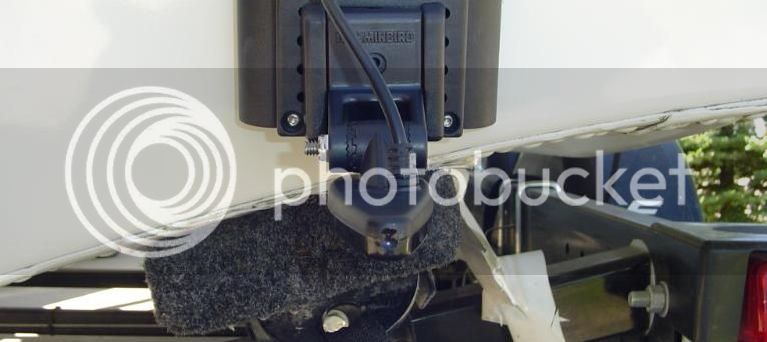whistler
Well-known member
Looking around for the best place to mount a transducer. I think they say to stay 15 inches away from the engine area. Giving that info the first place I have to mount a transducer is between two strakes and right inline with a bunk board. I would like to use this spot and don't think it will ever contact the bunk but there is that remote possibility. The transducer looks like it's designed to fold up if it strikes something but is this reliable? The only time it would make contact with the bunk would be during loading. The next spot I could mount it is between the last strake and the chine. I'm concerned the chine will cause a problem and definitely be more susceptible to times when the transducer doesn't won't work due to the tipping in and out of the water during turns. I think I've covered all the bases so give me your thoughts.




